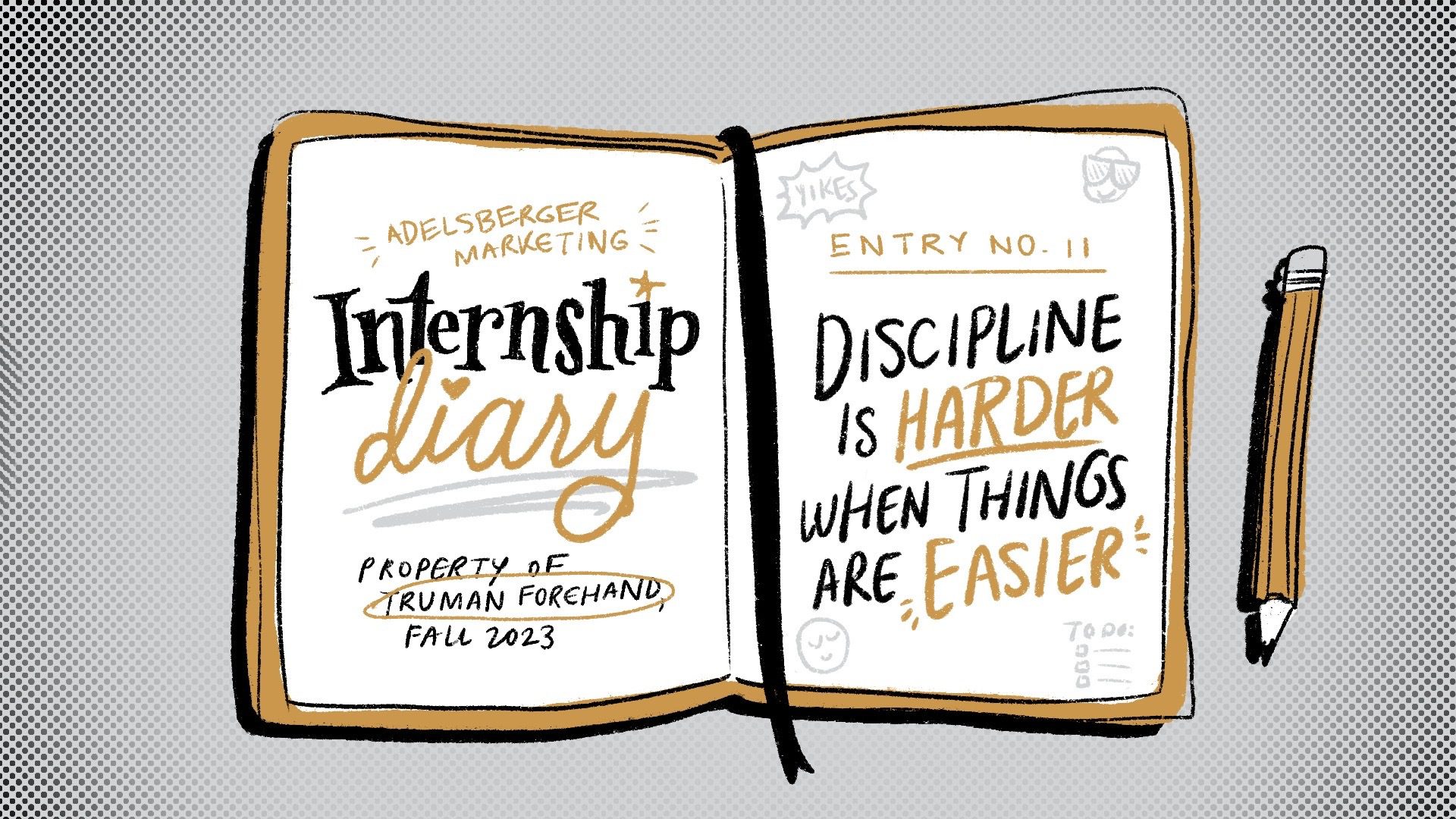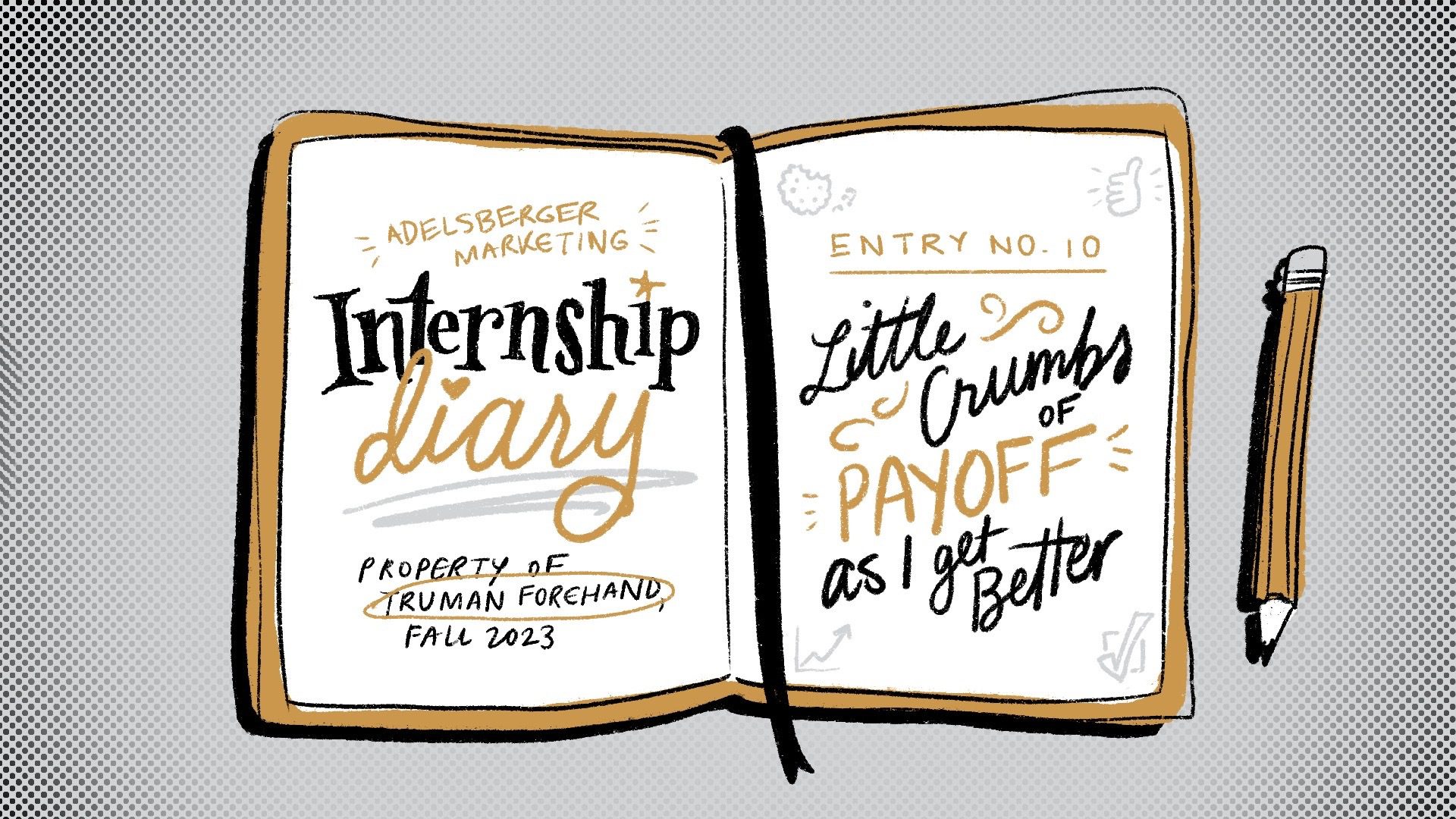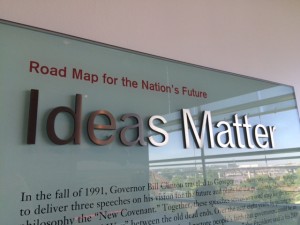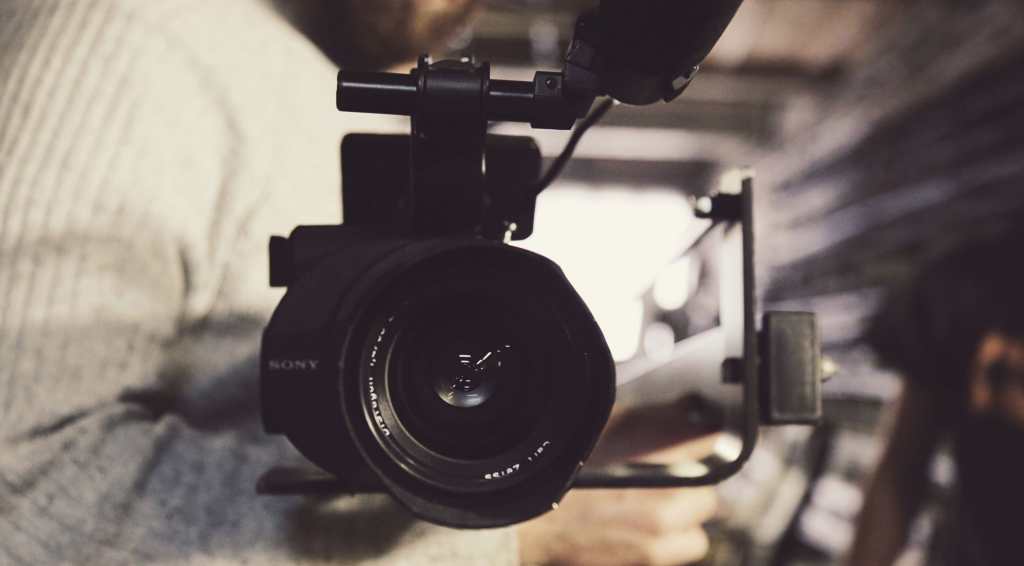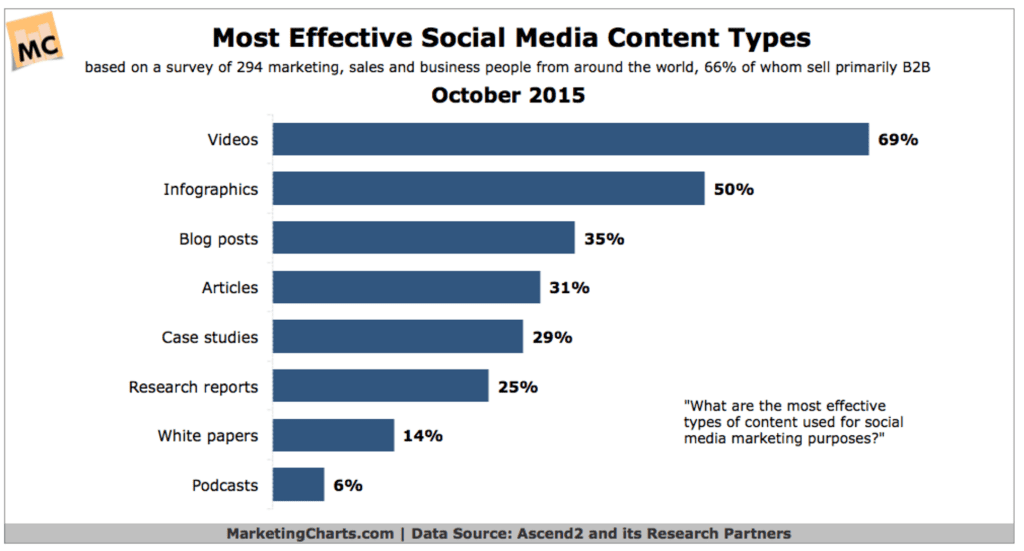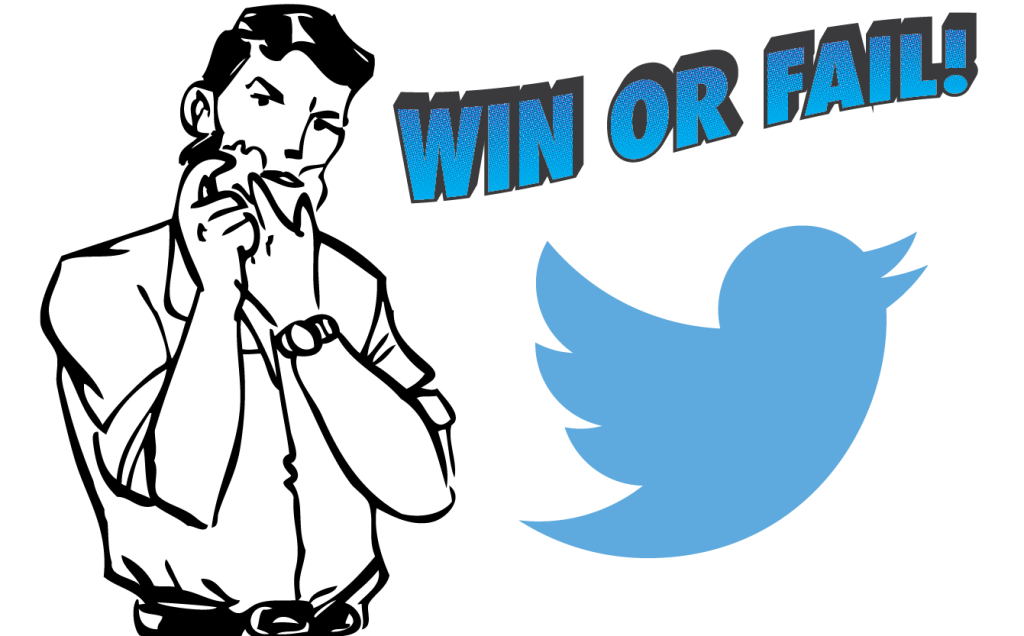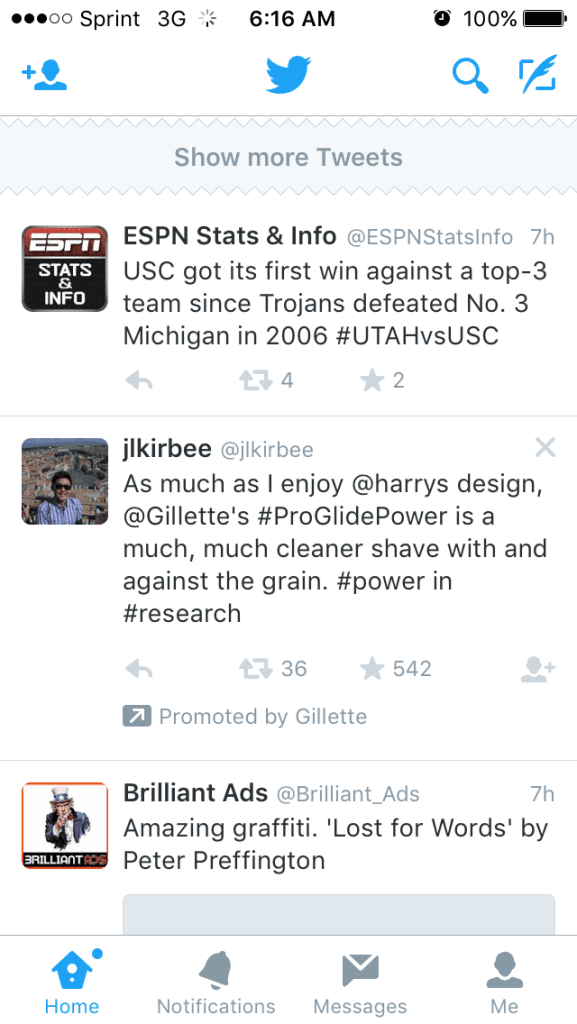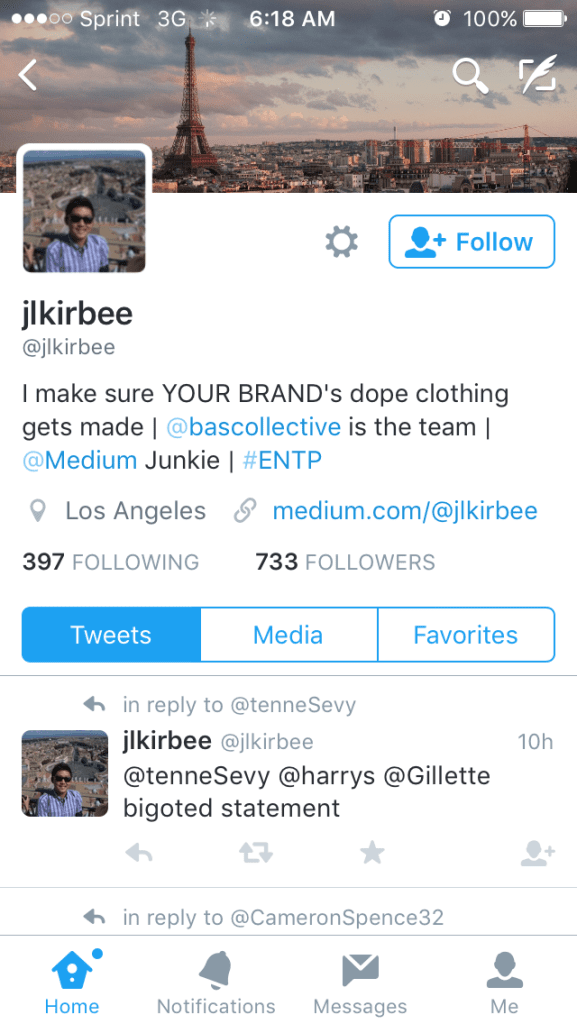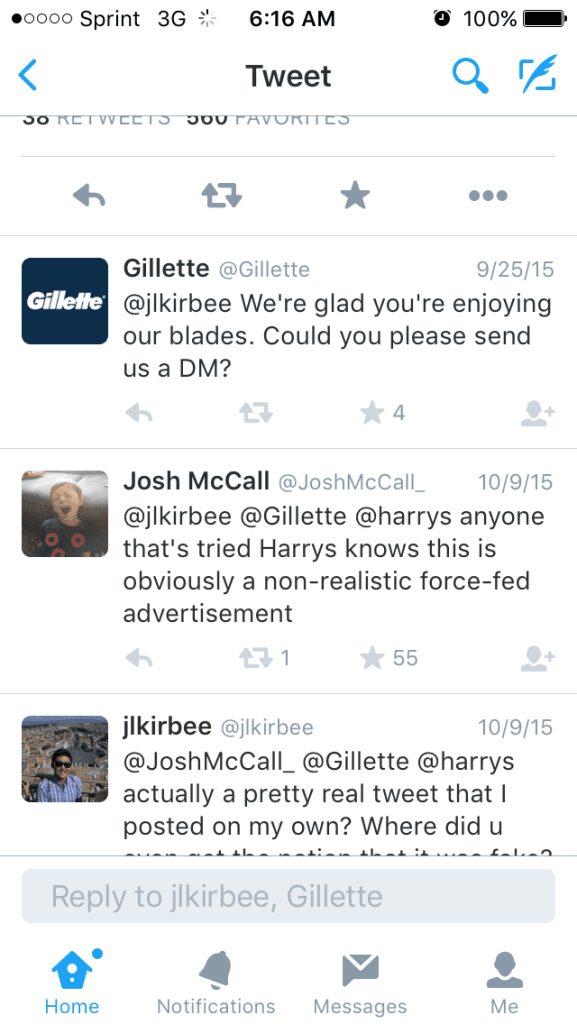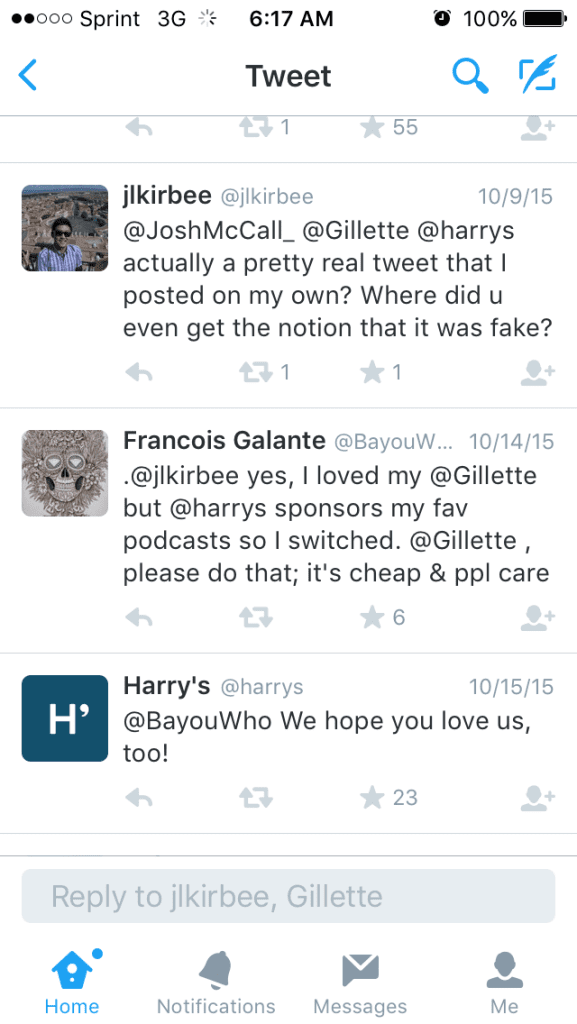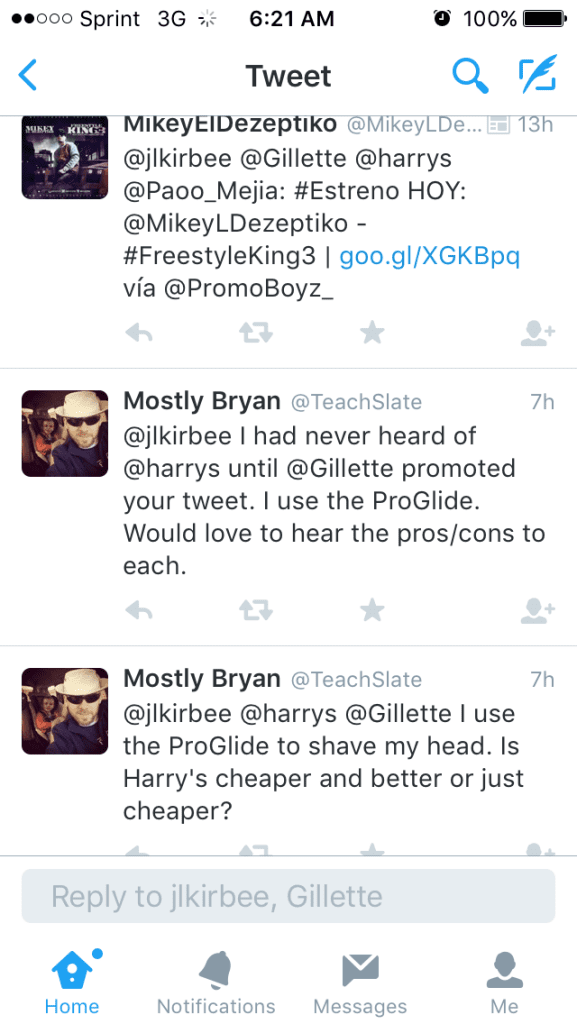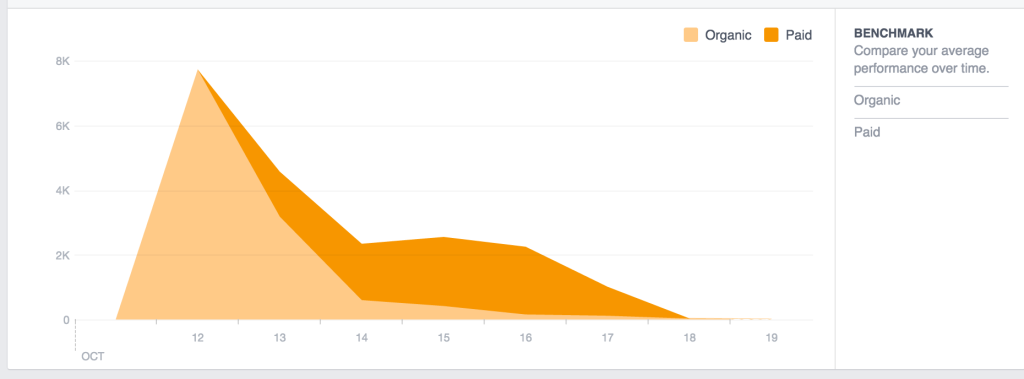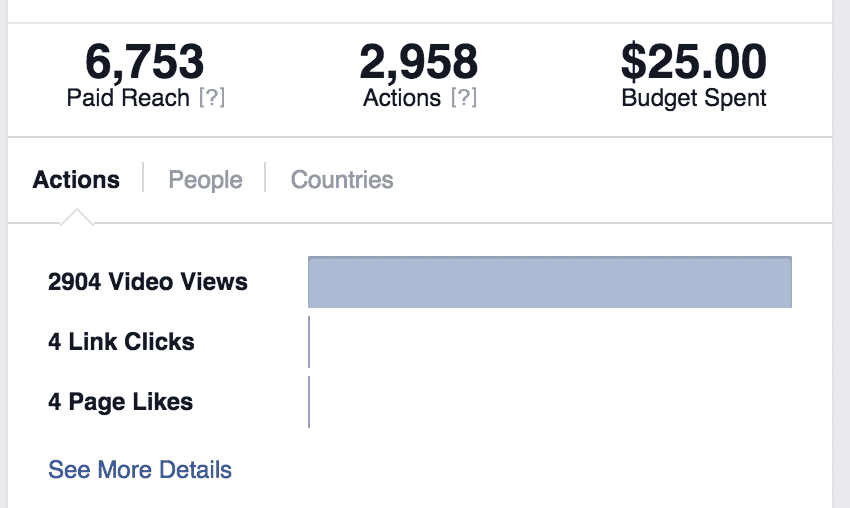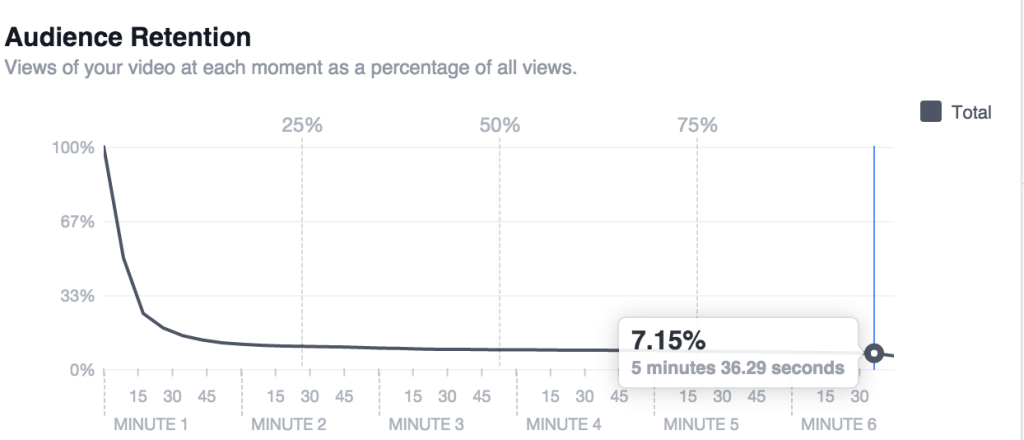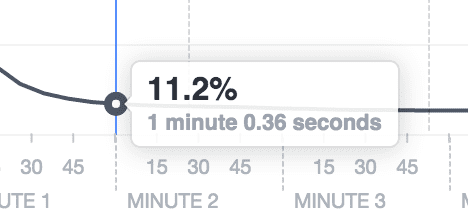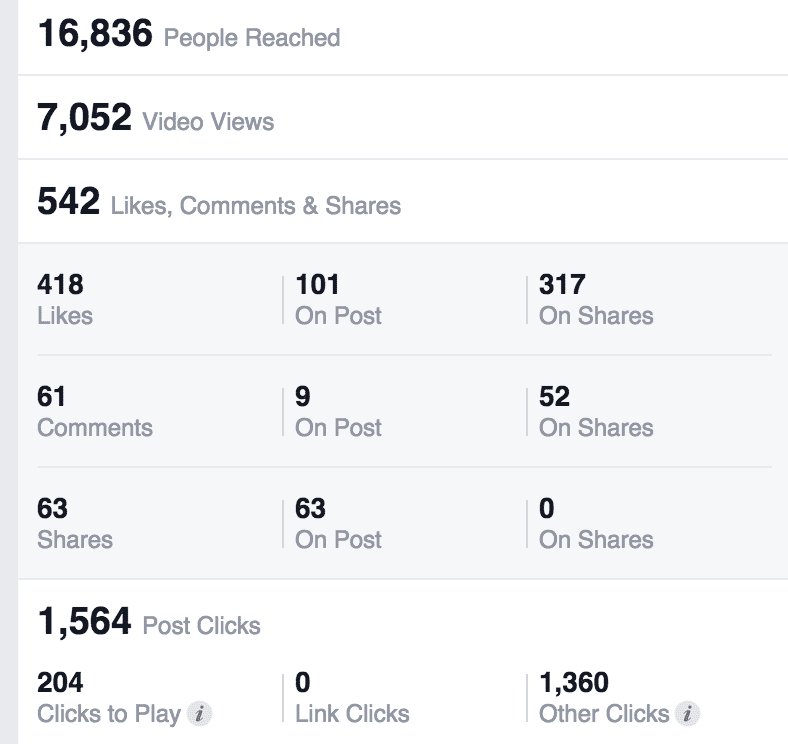A few weeks ago, I traveled home for Thanksgiving break. Like most college students, I was looking forward to using the time to rest and catch up on a few things that had fallen through the cracks at school while I was busy. A day before making the trek home, I messaged back and forth on Slack with Kevin, just discussing a few upcoming meetings, ways for me to get more experience, and how I could get a couple things done on the road. In truth, my mind was mainly focused on spending a week with no assignments due for any classes.
Over the course of the break, though, I noticed something. For some reason, despite the fact that my schedule was wide open for the week, it was more difficult for me to execute little tasks for my internship. At school, I juggle a lot of responsibilities and a decently busy schedule. But I get everything done at roughly the same time every day, and usually at the same place. Classes end, lunch is over, I land at my desk in my room to hammer out internship work. Not so at home, away from the busyness. For me, and I suspect for a lot of people, discipline is harder when things are easier.
I live in south Georgia, near-ish to Savannah, in a tiny little nothing town that no one has ever heard of. From Jackson, the drive home takes about nine hours. I love to drive — always have, ever since I got my learner’s permit. There’s somewhat of a running joke in the family about how I never give up the wheel to let anyone else drive, no matter how long the trip. That’s neither here nor there, except that I again insisted on driving home for break despite having several pressing bits of work to do. So, at a gas station next to a coffee shop somewhere near Murfreesboro, while my brother and sister were getting coffee, I pulled out my laptop in the parked car and posted several clips for the Content Machine. I’d been putting it off, wanting to retain control of the driver’s seat (and the aux). It took me no more than 10 minutes.
That’s how things tend to go for me. I imagine a problem — for instance, I want to drive but I also have a little work to do — and then stew on it until I have no motivation to do the thing I need to do. In truth, getting work or homework or chores or whatever done is usually not that difficult. But, for me, it requires creating discipline during times of ease, breaks, and comfort. It’s easy to have a strong work ethic while I’m busy. After all, I’ve already got a lot to do, what’s one more thing? When I’m on break or have a lull in responsibilities, though, all of my mole hill tasks turn into mountain-sized tasks.
I’m not saying I’m going to start getting up at 5 a.m. on Saturdays or working through all my breaks. I believe strongly in letting down time be down time. The ebb and flow of days and weeks, though, will naturally include both the hectic and the easy. I just don’t want to get lazy when the easy days come.

